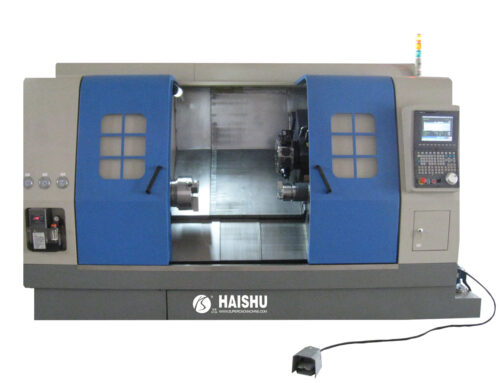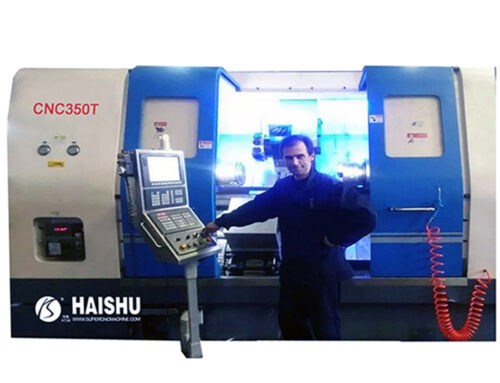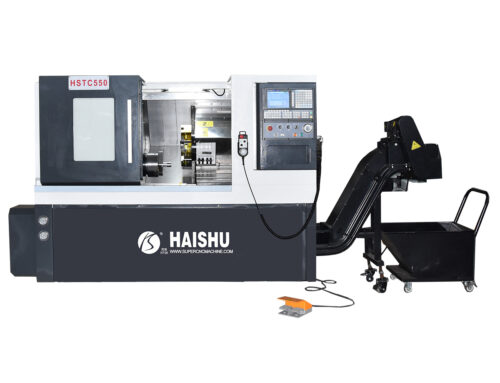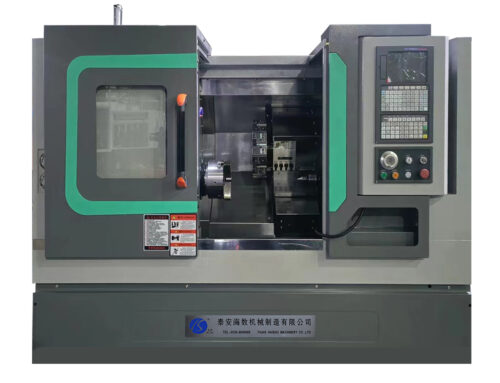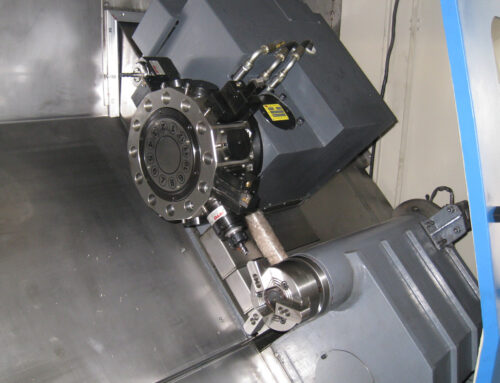Technical Application Of CNC Lathe Machine Tools
CNC lathe machine tools represent a significant advancement in manufacturing technology, combining the latest developments in machinery, automation, computer technology, and sensor integration. These machines are essential in modern manufacturing environments where precision and efficiency are paramount. The core of CNC lathe machine tools lies in their ability to perform complex cuts with high precision through the use of programmed instructions.
What Are the Key Requirements for Sensors in CNC Lathe Machine Tools?
Sensors play a crucial role in the functionality of CNC lathe machines, enabling these machines to execute precise machining tasks. The main types of sensors used in a CNC lathe include photoelectric encoders, linear encoders, proximity switches, temperature sensors, Hall sensors, current sensors, voltage sensors, pressure sensors, liquid level sensors, resolvers, inductive synchronizers, and speed sensors. These sensors are primarily tasked with detecting position, linear displacement, angular displacement, speed, pressure, and temperature.
High Reliability and Strong Anti-interference
For CNC lathe equipment to operate effectively, sensors must be highly reliable and capable of functioning accurately despite potential interference. This ensures consistent performance and precision in challenging industrial environments.
Accuracy and Speed
The sensors must meet strict accuracy and speed requirements to keep up with the demands of CNC machine tools. This is particularly critical for high-precision and high-speed applications where even minor discrepancies can lead to significant issues in the final product.
User-Friendliness and Maintenance
Sensors should be easy to use and maintain, with designs that are suitable for the harsh conditions typically found in machine tool operating environments. This user-friendliness helps in reducing downtime and maintaining productivity.
Cost-Effectiveness
While maintaining high standards for performance and durability, sensors must also be cost-effective. This balance helps in keeping the overall operational costs of CNC lathe machine tools to a minimum.



How Does the Inductive Synchronizer Enhance CNC Lathe Machine Tools?
The application of inductive synchronizers in CNC lathe machine tools is a testament to the sophisticated engineering that goes into these systems. Operating on the principle of varying mutual inductance with position changes, inductive synchronizers are capable of converting angular or linear displacement into a change in the phase or amplitude of induced electromotive force.
There are two main types of inductive synchronizers: linear and rotary. In a CNC lathe, a linear induction synchronizer might consist of a fixed length mounted on the machine bed and a sliding ruler attached to a moving part such as the worktable. On the other hand, a rotary induction synchronizer uses a fixed disc (stator) and a rotating disc (rotor), which is common in rotary tables used in machine tools and various rotary servo control systems.
Inductive synchronizers bring several benefits to CNC machine tools, including:
- High Precision and Resolution: They provide accurate measurements essential for fine machining.
- Strong Anti-interference Capability: These devices operate reliably even in environments with high electromagnetic disturbances.
- Long Service Life and Simple Maintenance: Inductive synchronizers are durable and easy to maintain, contributing to longer machine uptime.
- Capability for Long-distance Displacement Measurement: This is crucial for large-scale CNC operations.
- Cost-efficiency and Processability: They offer a cost-effective solution without compromising quality.
In conclusion, CNC lathe machine tools are integral to modern manufacturing, driven by their precision, efficiency, and integration of advanced technologies. The use of sophisticated sensors like inductive synchronizers further enhances these machines’ capabilities, making them indispensable in the precision manufacturing industry.
